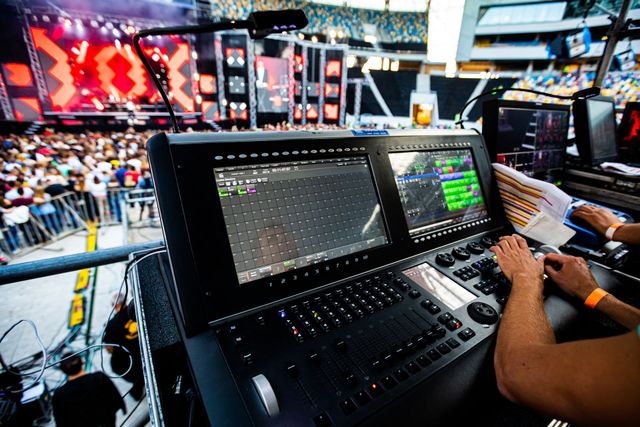Revolutionizing Interaction Through the Effortless Integration of Virtual Experiences and Face-to-Face Interactions in Blended Events
Revolutionizing Interaction Through the Effortless Integration of Virtual Experiences and Face-to-Face Interactions in Blended Events
Blog Article
Blended events are becoming more popular as they merge the finest aspects of both physical and virtual encounters. This innovative approach allows attendees to interact with content and one another in ways that were not feasible before. By incorporating VR technology into these events, planners can create engaging experiences that boost involvement and participation. This seamless blend of virtual and physical elements can lead to more significant connections among participants, whether they are present in reality or participating remotely.
One of the key benefits of using VR reality in blended events is the capability to create a common environment for all attendees. In a traditional format, in-person attendees might have access to certain events or experiences that virtual participants cannot experience. However, with VR, everyone can explore the same digital space, no matter of their position. This technology allows for engaging displays, online connecting chances, and even game-like experiences that can captivate audiences. As a consequence, attendees feel more involved and connected, leading to a richer overall encounter.
Moreover, VR reality can help overcome obstacles that often occur in hybrid gatherings. For example, remote attendees may feel disconnected or disengaged from the central gathering. By incorporating VR, planners can create a sense of presence that makes virtual attendees feel as if they are part of the action. This can be achieved through features like digital avatars, which allow participants to connect with one another in live. Such interactions can encourage cooperation and networking, making it simpler for people to engage and share ideas, no matter of their physical location.
In addition to enhancing engagement, the use of virtual reality in hybrid gatherings can also provide valuable data and insights for organizers. By monitoring attendee engagements and actions within the digital space, gathering organizers can gather information on what aspects of the gathering were most engaging. This data can be used to improve upcoming gatherings, ensuring straight from the source that they satisfy the requirements and wants of participants. Understanding how participants interact with both the virtual and in-person elements can lead to more effective gathering approaches and improved overall experiences.
Finally, the integration of virtual reality and in-person interactions in blended gatherings represents a major change in how we approach gatherings and conferences. As technology continues to advance, the capability for creating immersive and interactive experiences will only grow. By adopting this new model, event organizers can transform the way individuals engage, learn, and collaborate. The future of blended events is promising, and the seamless integration of VR reality will play a crucial role in defining that prospect.